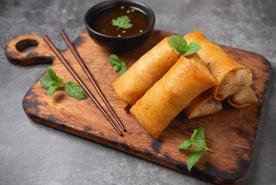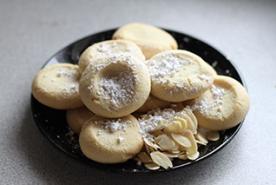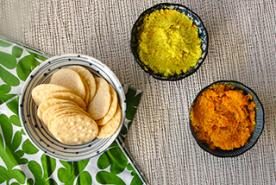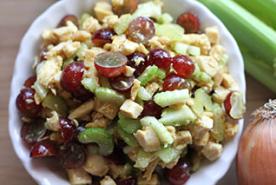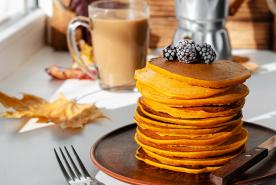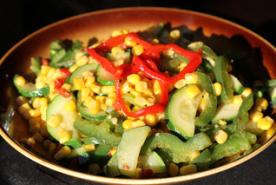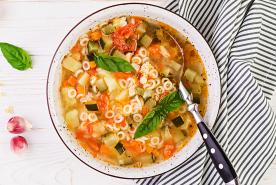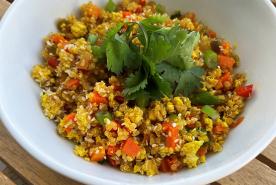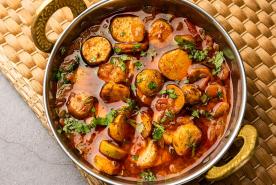Many common foods contain hidden sugar that can impact kidney health. Watch out for condiments, breakfast cereals, white bread, high-fructose corn syrup, and soft drinks.
Today, the average American consumes almost 152 pounds of sugar each year, which breaks down to almost 3 pounds (or 6 cups!) of sugar each week. That’s a lot of sugar – so it shouldn’t come as a surprise to that sugar may be a key factor contributing to our national obesity epidemic.
Obesity increases your risk of developing high blood pressure and diabetes, two of the leading causes of kidney disease. To protect your kidneys, it’s important to maintain a healthy weight and follow a healthy diet. This means paying attention to food nutrition labels and considering the impact sugar – in addition to fat, sodium and other ingredients — has on our diets.
Sucrose, commonly known as “table sugar” is made from highly processed sugar cane or sugar beets. It is the most popular added ingredient to dessert foods such as candy, cakes and cookies. Additionally, sugar is also often added to foods and drinks that you may not consider “sweet,” so you might not realize they contain high levels of sugar. Added sugars don't add anything but empty calories, so in other words, there's no extra nutritional benefit to consuming these sugars. To help control your sugar intake, here are five sneaky sources of sugar you may want to avoid:
White bread
White bread contains high levels of sugar which will ultimately spike your blood sugar (glucose) levels. Spikes in blood sugar levels lead to spikes in insulin and can ultimately make you feel tired and hungrier. White bread is stripped of the wheat grain and almost of all is nutrients and fiber, the ingredients that help fill you up, so choose whole wheat bread because it is made with the wheat germ and bran included.
High-Fructose Corn Syrup (HFCS)
High-Fructose Corn Syrup (HFCS), a type of sugar, is a sweetener used extensively in America because it’s very cheap, easy to make, and available everywhere. One tablespoon of HFCS has 53 calories and contains over 14 grams of sugar. Since the 1970s, HFCS has become a popular ingredient in processed foods and beverages, including salad dressings, yogurt, breads, and frozen pizzas – just to name a few. HFCS provides no nutritional health benefits and you can reduce and avoid consuming it by looking for “high-fructose corn syrup” in ingredient lists.
Soft drinks
Soda is a prime example of a drink that contains empty calories. It provides no nutritional value and is likely to contribute to weight gain. A can of soft drink has about seven teaspoons of sugar. To burn off one 12oz can/bottle of cola (152 calories), a person who weighs 150 – 160 pounds would need to walk briskly for approximately 30 minutes.
 Many thanks to Susan Lupackino, MHS, RD, LDN, for her contributions to this article.
Many thanks to Susan Lupackino, MHS, RD, LDN, for her contributions to this article.
Susan Lupackino is a Registered Dietitian (RD) who is passionate about helping others live a healthier and active lifestyle. For more information about Susan visit www.foodisgood.co.
References:
Carbonated beverage, cola, 12 ounce can
Catsup, 1 tablespoon
Pickle relish, sweet, 1 tablespoon
Sugar, granulated, 1 teaspoon
Syrups, corn, high-fructose









